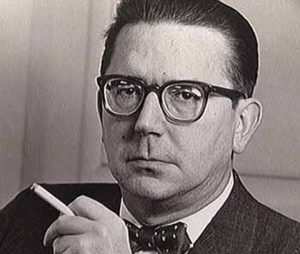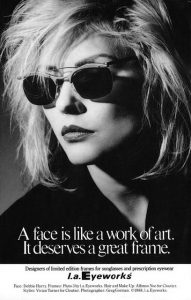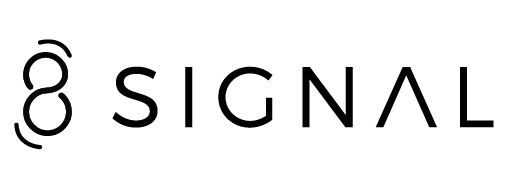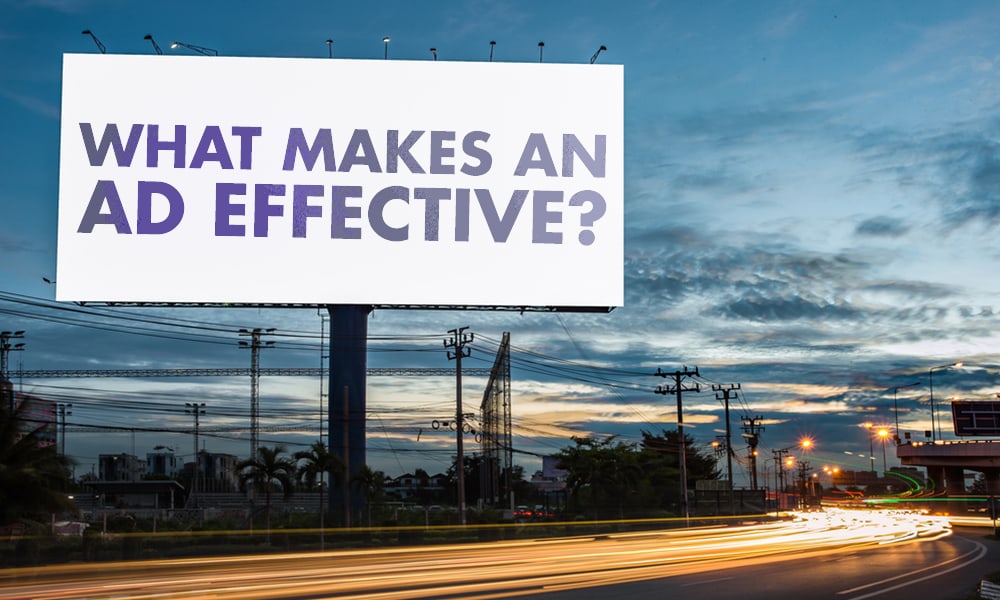Tips on How to Write an Effective Ad From an Ad Pioneer
 Let me tell you a little about Rosser Reeves. He was born in 1910 and got into advertising by accident, according to Ad Age. As an advertising executive, Mr. Reeves quickly became “a brilliant theoretician of sales techniques” and a pioneer of TV advertising who generated millions of dollars for his clients.
Let me tell you a little about Rosser Reeves. He was born in 1910 and got into advertising by accident, according to Ad Age. As an advertising executive, Mr. Reeves quickly became “a brilliant theoretician of sales techniques” and a pioneer of TV advertising who generated millions of dollars for his clients.
Reeves developed the idea of the “unique selling proposition” (USP): the idea that consumers are overwhelmed by information, and the real, true challenge advertisers face is to create a memorable message that the consumer easily understands.
As the author of the book Reality in Advertising, Reeves talks about the mistakes of placing technique ahead of sales in ad campaigns. He believed the purpose of advertising is to sell and insisted that an ad should show off the value of a product, not the cleverness or humor of the copywriter.
I agree.
In Reality in Advertising, Reeves gives us the definition of a unique selling proposition at its core, and in three separate parts:
- Every ad must make a proposition to the consumer—not just words, puffery, or show-window advertising. Every advertisement must say to each reader: “If you buy this product, you will get this specific benefit.”
- The proposition must be one that the competition cannot or does not offer. It must be unique and make the competitors sweat.
- The ad proposition must be strong enough to move the masses.
Reeves considered a unique selling proposition the key element of an advertising campaign. He claimed that once the USP had been defined, “any good copywriter can write a good ad.”
Now, keep reading, because I’m about to break down these three aspects of a unique selling proposition into smaller steps you can easily take to write your own successful ad.
Every ad must make a proposition
First of all, you need to define why someone would choose you over the rest, which, by the way, was the purpose of last week’s article. In other words, ask yourself:
What do I have to offer?
Imagine this…
You want to get fit, but you don’t have the time to go to a gym every day, so having a home gym seems like a good alternative.
You go to your nearest sporting goods store and tell the shop assistant you’re looking for all-around gym equipment to workout whenever you have the chance, at home.
 He asks you to follow him to the home-gym section and starts telling you how this one option has a triceps press-down station with a V-bar, hydraulic seat adjustments, and is made of an advanced alloy. This other one has optimal strength curve technology and eleven-gauge steel frames. But over here is the one they have on offer—with Bi-Angular Press and Perfect Pecs stations, as well as high-density pads, and the color is black.
He asks you to follow him to the home-gym section and starts telling you how this one option has a triceps press-down station with a V-bar, hydraulic seat adjustments, and is made of an advanced alloy. This other one has optimal strength curve technology and eleven-gauge steel frames. But over here is the one they have on offer—with Bi-Angular Press and Perfect Pecs stations, as well as high-density pads, and the color is black.
Huh?
You’ve definitely heard some of those words before, but you really have no idea what the sporty guy is talking about. He’s making you feel like you don’t know squat (pun intended), and you may start to consider running home and giving up on your plan to get fit.
Sounds bad, right?
It happens all the time in advertising. The ad is full of technical details, features, and specifications, but what’s in it for the reader? That’s often overlooked. I’m sure by now you know the importance of telling your audience about the benefits, not just the features, of your product.
Still, it’s good to remember that talking about the benefits is a process, and finding every feature of your product is the first step. Followed by translating each feature into the countless benefits you can highlight in an ad.
The proposition must be unique
You now have your list of benefits, so it’s time to find out what your competitors are up to. What benefits are they trying to highlight
Eventually you’ll find that one feature of your product, service, or business that makes you stand out from the competition—that feature your competitors simply can’t match. This will be the feature that best expresses the benefit of your business to the consumer and why your audience should choose you.
If you can mention more than just one benefit in your advertisement, great! But try to keep it simple. Do not insert as many benefits as possible into your ads—you don’t want them to look like a cluttered mess.
A simple approach is usually the best, and coherence is key. Make sure your message is clear and focused. You can start by choosing a single benefit that you would like to emphasize above everything else, and create your ad around this.
The proposition must be strong
 Write an ad that creates an emotional connection with your target market. Think about this for a second: a hand sanitizer has 70% ethyl alcohol as an antimicrobial, but saying so in an ad is just stating a fact. Instead, mention how the hand sanitizer “kills 99.99% of bacteria,” or better yet, “kills most germs so you won’t get sick.” Now you have a feature transformed into a strong emotional benefit—it’s safe to say nobody wants to get sick!
Write an ad that creates an emotional connection with your target market. Think about this for a second: a hand sanitizer has 70% ethyl alcohol as an antimicrobial, but saying so in an ad is just stating a fact. Instead, mention how the hand sanitizer “kills 99.99% of bacteria,” or better yet, “kills most germs so you won’t get sick.” Now you have a feature transformed into a strong emotional benefit—it’s safe to say nobody wants to get sick!
Isn’t that more effective than simply saying “now with 70% ethyl alcohol”?
The ad should also have a strong call to action that covers three important aspects It should:
- Incorporate a good deal
- Have a sense of urgency
- Show how it is risk-free for the consumers
Now that we’ve learned a bit of the knowledge Rosser Reeves left us, let’s take a look at what makes an ad perfect.
Creating the ad
Try to picture yourself making a sales presentation…
in writing, to a person you haven’t met yet, and know very little about. Piece of cake, right?
Well, not for everyone. You can’t rely on your million-dollar smile, your powerful gaze, or your engaging personality. All you have this time is your product knowledge, features, and benefits.
You have to write it plainly and clearly and make sure you have the answer to these three questions:
- Who are my customers? Define your target audience.
- What do I have to offer? List the products or services you want to promote, their features, their benefits, and why they are better than your competitor’s.
- What do I want to accomplish? Identify your advertising goals and what you’d like to accomplish with your ads.
Putting it all together
Once you’ve figured out the feature that provides that unique benefit to your customers, make sure it has the spotlight in your ad. It’s better to promote one benefit wholeheartedly, rather than promoting multiple benefits halfheartedly. Go big if you want to get big results. This is going to be your most powerful piece of persuasion!
According to Statistic Brain, humans have an average attention span of 8.25 seconds, which is 3.75 seconds less than what the average was sixteen years ago and .75 seconds less than the attention span of a goldfish. Yep, you read that right: humans have shorter attention spans than goldfish.
You need to be able to hold your audience’s attention, and that’s why it’s important to organize your thoughts into the fewest possible words. That doesn’t mean you can’t say a lot. You can always say more with less—as the saying goes, “less is more.” The trick is to trim what you’ve written for your ad until it is fast and effective.
Next, write a headline that grabs the reader’s attention and emphasize your opening statement by using a bigger font, if possible. Make sure the headline is benefit-focused, showing off why you are better than the competition.
 Depending on the medium where your ad will be displayed, add photos, illustrations, videos, etc. to reinforce your ad. Remember, you’re aiming for attention-getting and riveting, as well as saying a lot in the least amount of words.
Depending on the medium where your ad will be displayed, add photos, illustrations, videos, etc. to reinforce your ad. Remember, you’re aiming for attention-getting and riveting, as well as saying a lot in the least amount of words.
The ad on the right was from a campaign for L.A. Eyeworks. It ran mostly during the 90s and featured celebrities like Andy Warhol and Mike Piazza wearing their glasses. The simplicity and effectiveness of the ad is pretty obvious.
Once you have your reader’s attention, the ad copy will add more info, so make sure it is useful for your audience. Focus on what your target market is interested in and what it is you’re trying to accomplish. Straightforward, short sentences will get the job done. Just make sure you have given your audience enough information for them to take the next step. Include your contact details, a call to action, and if applicable, a deadline. For example, think about those emails you get with phrases like “TODAY ONLY: Save up to 50%.” Trust me, they work.
Once you’ve written your ad, leave it alone for some time, then, later, read it through with a refreshed perspective and make sure it passes this checklist:
- Does it grab the attention?
- Will it stand out from the other ads?
- Does it make a strong promise I can keep?
- Would it encourage me to answer it?
If you find yourself struggling with how to write an effective ad, why don’t you let us know in the comments? Remember, 8 Signal is your marketing department—without the overhead. Call us today at (915) 585-1919 to schedule your first consultation, or fill out our online form, and get ready to outsmart the competition.





